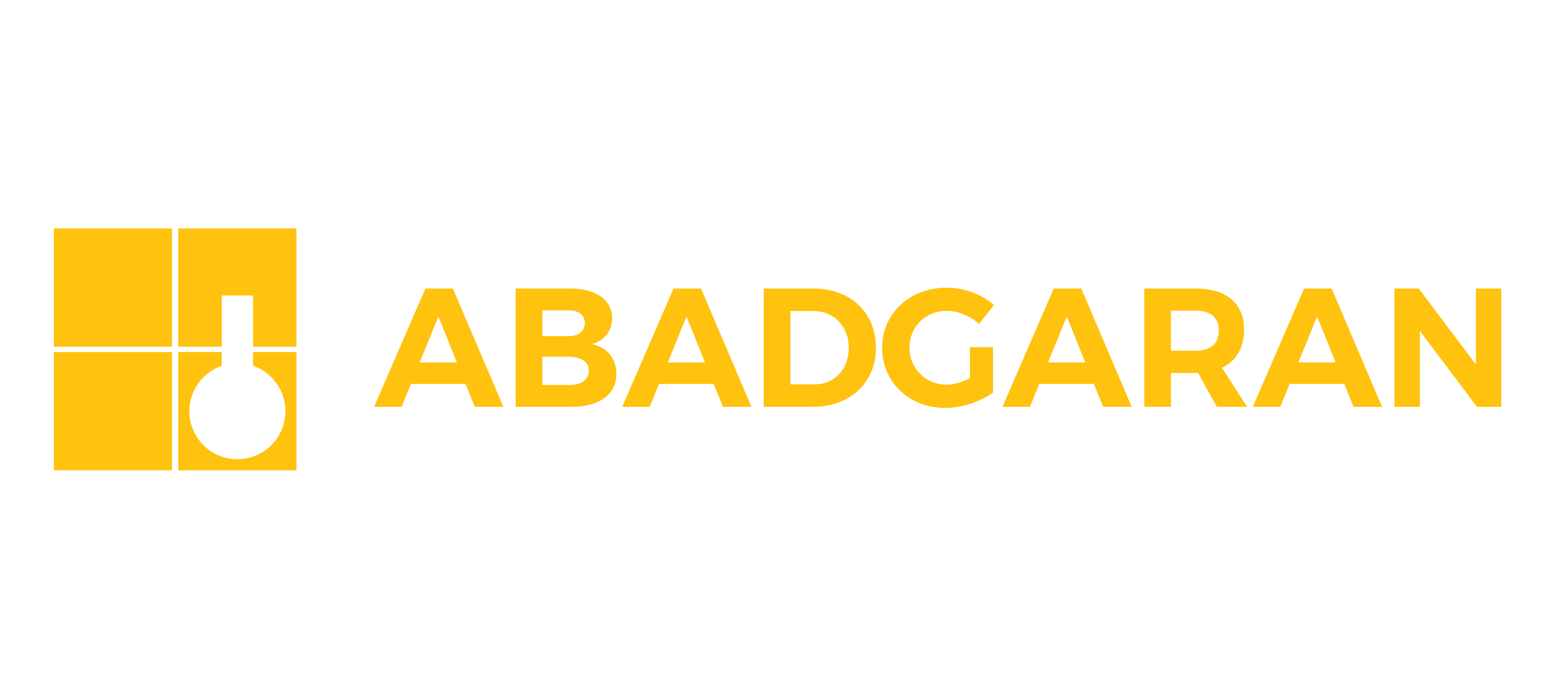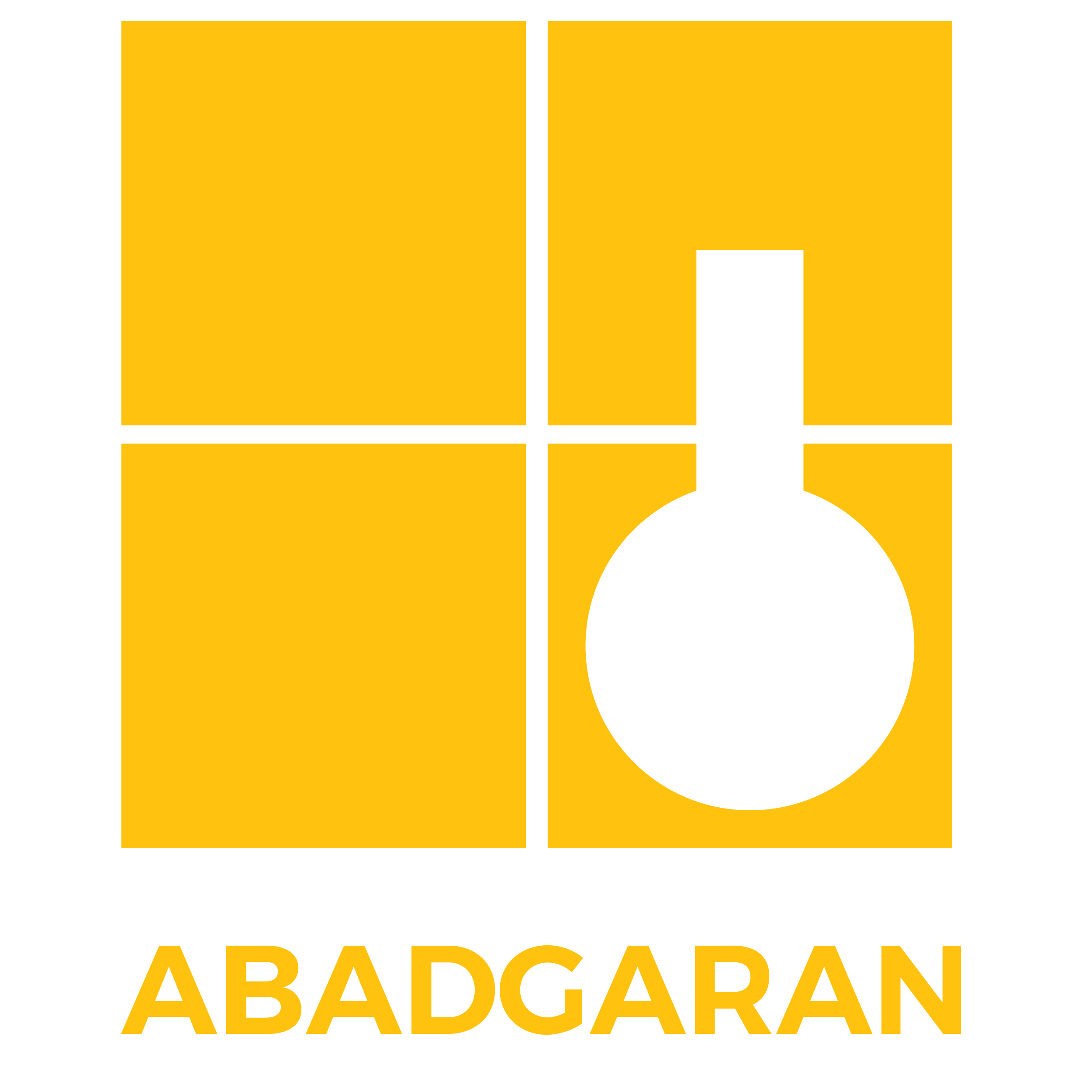
Please wait, loading...

Please wait, loading...

![]()

Chapter Six of the Abadgaran Concrete Repair Book, Based on EN 1504, addresses 11 principles and design methods. In this article, we focus on the design principles and methods based on EN 1504 Principle 2 – Moisture Control.
The objective of Principle 2 is to regulate and stabilize the moisture content within concrete to a specified range in order to control harmful reactions. In this method, concrete is allowed to dry while any increase in its moisture is prevented. This approach is commonly used to mitigate alkali-silica reactions, sulfate attacks, or deterioration caused by freeze-thaw cycles.
According to Annex DIN(EN) 1504-9:2008-11, surface protection systems applied to vertical and overhead surfaces must be vapor-permeable to allow moisture to escape from the concrete. The top surfaces of horizontal sections, such as suspended floors in parking structures, may be treated with impermeable protective layers. If the concrete has high and abnormal moisture levels, protective systems should not be applied.
In relation to concrete corrosion, it should be noted that the drying effect of concrete takes some time. Especially when the concrete is highly saturated, it may take months or even years before the corrosion rate decreases sufficiently to prevent damage. This fact—that corrosion will persist for a certain period—must be considered in the repair design. If corrosion continues to the point where ultimate limit states such as critical cracking are imminent, it may be too late to use moisture control methods, and alternative methods that immediately stop corrosion should be applied.

Method 2-1: Hydrophobic Impregnation
Moisture control can be achieved through hydrophobic impregnation. In this method, it is crucial to prevent water ingress while allowing evaporation through the hydrophobic layer. The standard provides the drying rate coefficient, which indicates the evaporation speed of water from the concrete through the hydrophobic layer, as a performance criterion. When rapid drying is desired, the drying rate coefficient should be close to 1, meaning the hydrophobic layer does not hinder evaporation.
To control corrosion caused by moisture throughout the remaining service life of the structure, the hydrophobic solution must remain effective, requiring inspection and maintenance. Most hydrophobic solutions can be reapplied when inspections indicate reduced performance. When a long remaining service life is expected, using renewable hydrophobic agents is recommended. Although this is not a performance criterion in EN 1504-2, manufacturers can declare it.
To assess the effectiveness of hydrophobic impregnation, the water absorption of concrete is typically measured either on-site or on cored samples. Durability assessments of hydrophobic systems have shown that mobile NMR (Nuclear Magnetic Resonance) can detect the thickness of the hydrophobic layer on concrete surfaces.
Sensors that can be embedded in concrete are available to monitor moisture reduction. If installed at different depths or used as multi-electrodes, they allow continuous monitoring of the drying process.

Method 2-2: Pore Blocking Impregnation
Moisture control can also be achieved through pore-blocking impregnation, which involves filling the surface pores of the concrete. As surface preparation, replacement of deteriorated concrete and crack filling should be carried out as shown in Figure 2-2.
Impregnating agents do not bridge cracks. Once new cracks develop or existing ones widen, the applied layer may crack, allowing water ingress—contrary to the goal of moisture control.

Therefore, when crack movement or new cracking is expected, this method is not recommended. However, if intended for horizontal surfaces like floors—where significant movement is often anticipated—the application range of this method becomes limited. If only minor cracking is expected, the impregnation method should be combined with crack repair.
Impregnating products are defined in EN 1504-2. This standard does not use the drying rate coefficient as a performance criterion for these products, but does evaluate their vapor permeability. However, for impregnants like epoxy resins, a decrease in the drying rate of concrete has been observed.
E.M.SEAL-S, a solvent-based façade protector from Abadgaran, is a pore-blocking impregnating product that penetrates deeply into both new and old construction materials, protecting them from water absorption, weathering, efflorescence, mold growth, and other destructive effects.
Method 2-3: Surface Coating
Coating systems can also be used for moisture control. The diagram below shows the schematic application of this method.
If needed, surface preparation such as concrete replacement and crack filling can be performed. Compared to Methods 2-1 and 2-2, the advantage of this method is the availability of crack-bridging coatings. To control moisture, coatings must be impermeable to external water ingress but allow the evaporation of internal moisture from the concrete.
Coatings used in Method 2-3 are standardized in EN 1504-2. The practical application of these products is similar to those in Method 1-3 (Protection Against Ingress), but there is no need to consider carbonation rate, chemical or chloride ingress, as Method 2-3 solely focuses on moisture reduction.
If rapid drying is required, high evaporation rate coatings should be selected. For all applications, crack-bridging performance must be clearly defined to prevent undesired cracking.

AQUASIL-TECH, a water-based façade protector from Abadgaran, is suitable for conditions requiring protection against capillary water ingress. This hydrophobic product is designed to waterproof and protect both new and old surfaces—including concrete, cementitious substrates, various bricks, cement blocks, stones, tiles, grout joints on vertical and horizontal walls.
Method 2-4: External Cladding Systems
External cladding systems can be constructed in front of concrete surfaces to reduce the concrete’s moisture content. This method shares similarities with Method 1-7, but a key point for Method 2-4 is that moisture from the concrete must be allowed to evaporate through the cladding system, as shown in Figure 2-4.


External cladding systems on building façades can also improve thermal insulation and the aesthetic appearance of structures. For vertical surfaces such as façades, sealing requirements are easier to achieve than for horizontal surfaces like flooring. Rainwater flows downward on façades, reducing exposure time to moisture. For flooring, cavity shape must be considered since moisture exposure duration increases. Therefore, performance requirements must be heightened, and the system must permit moisture evaporation.
In special cases, external cladding systems like protective roofs should also be considered.
Method 2-5: Electrochemical Techniques
The EN 1504 standard does not provide detailed guidance on Method 2-5. In recent years, electrochemical methods such as electro-osmotic pulse technology have been used for drying concrete. However, there is considerable skepticism about whether these methods can fully dry the concrete. Until reliable scientific studies confirm not only the theory but also the actual impact of such methods on the moisture content of concrete, their application should be approached cautiously.
Method 2-6: Filling Cracks, Voids, or Cavities
Filling cracks, voids, or cavities can be used for local moisture control to prevent damage from concrete corrosion. This method is not listed in EN 1504-9 but may be applied in special cases, such as in combination with coating systems.
Abadgaran offers a wide range of products suitable for this purpose based on environmental conditions: